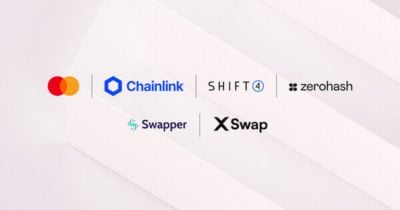Everyone wants to filter out blue light. Whether through your glasses, laptop, or smartphone, companies have hopped on the bandwagon to integrate blue light blockers to cut the wavelength from reaching your eyes. The claim is to help improve sleep and reduce eyestrain, even though studies have yet to find these blockers effective.
TCL is one such company. It has been manufacturing phones and tablets with its “Nxtpaper” LCD technology for a few years, and the third generation in the TCL 60 XE Nxtpaper 5G smartphone is good enough to block 61 percent more blue light than a normal tablet to “protect your eyes and reduce eye fatigue.” I’ve used this $250 Android phone for more than a week, and I don’t think the claims hold up, but I’ve still come to enjoy the matte paperlike screen. Don’t buy it for the blue-light blocking promises; buy it because the matte screen looks and feels nice.
Photograph: Julian Chokkattu
The 60 XE’s main attraction is the Nxtpaper matte LCD. It has a pleasing paperlike texture and isn’t reflective. Colors are a smidge more muted than phones with OLED screens, and text and app icons can appear a little fuzzy—I only really noticed this when comparing it side by side with another handset.
The phone’s back has a similar matte texture, though with a marble pattern for a luxe look, complete with a glossy, round camera module. A friend said it looked “fancy,” though I find it teeters on tacky. I don’t mind the marble pattern, but the camera module isn’t symmetrical and feels a little out of place. Still, it doesn’t look like any other $250 smartphone. That’s a plus.
Back to the Nxtpaper display, though. On the right edge of the phone is the Nxtpaper switch, and flicking it up lets you choose from three display modes: Color Paper Mode, Ink Paper Mode, and Max Ink Mode. I’ll get to what these modes do, but I want to point out that the switch feels cheap and has a slight rattle. Switching modes also takes a beat—it plays a little tune and animation each time, and I can’t find a way to disable this. (You can at least set it so that it enters a specific mode when you flip the switch instead of having to choose every time.)
Standard mode
Photograph: Julian Chokkattu
Ink Paper Mode
Photograph: Julian Chokkattu
Color Paper Mode desaturates and softens the colors, almost like a color E Ink ebook reader. Ink Paper Mode strips away all color and goes black and white, and the color temperature of the screen is less blue. This is still an LCD, but to my eyes, it’s better than Android phones that try to use E Ink. You get a similar paperlike reading experience and a matte screen, but unlike the Minimal Phone or the Boox Palma 2, it’s not frustrating or slow. The 120-Hz screen refresh rate and decent onboard CPU make it perform like a normal phone.
I’ve enjoyed switching to either of these modes when I’m reading, whether through Chrome, Google News, or even doomscrolling through Bluesky. I usually turn it off and use the standard mode when swiping through Instagram Reels, though nothing’s stopping you from watching videos in these modes if you prefer the desaturated look.




